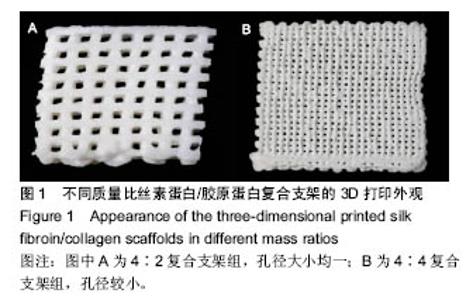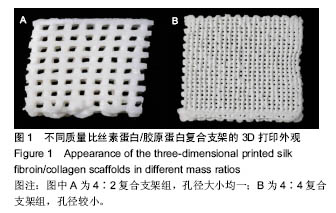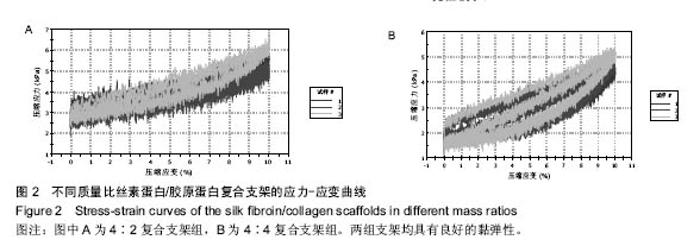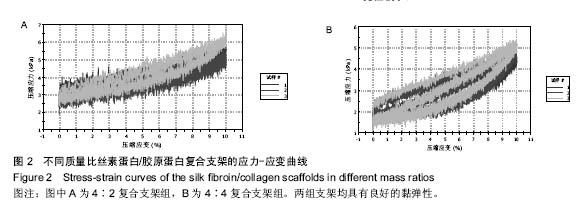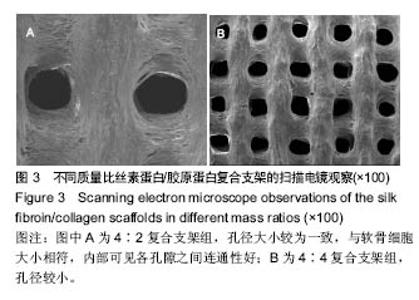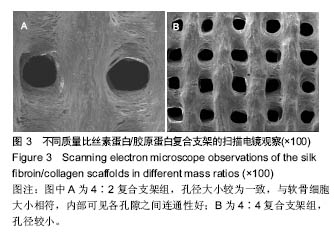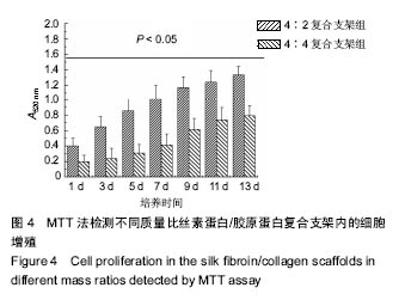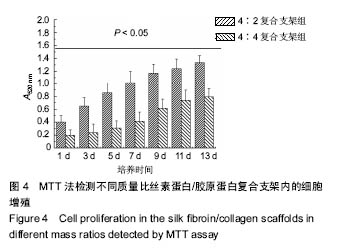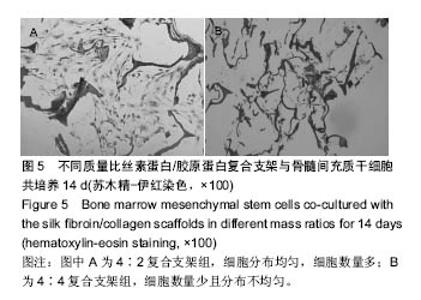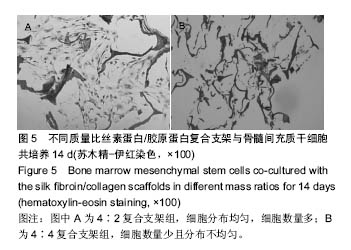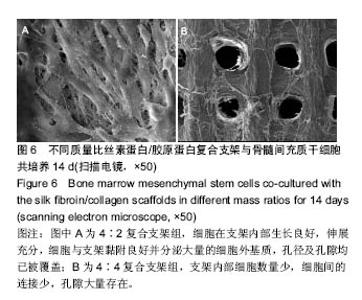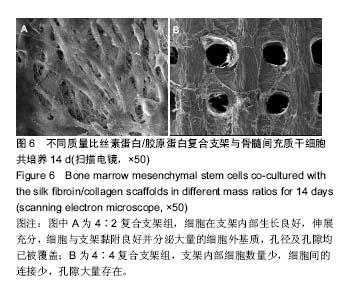|
[1]张鹏,王文良.壳聚糖复合丝素蛋白支架的制备及其性能研究[J].中国修复重建外科杂志, 2013,27(12):1517-1522.
[2]年争好,孙凯,徐成,等.大鼠BMSCs成骨诱导及复合支架材料构建组织工程骨组织的研究[J].生物骨科材料与临床研究,2015, 12(1):1-5.
[3]孙凯,年争好,徐成,等.丝素蛋白复合胶原蛋白支架的制备及性能研究[J].中国修复重建外科杂志, 2014,28(7):903-908.
[4]贺超良,汤朝晖,田华雨,等.3D打印技术制备生物医用高分子材料的研究进展[J].高分子学报, 2013,52(6):722-732.
[5]Lee W,Pinckney J,Lee V,et al. Three-dimensional bioprinting of rat embryonic neural cells. Neuroreport. 2009;20(8): 798-803.
[6]Feng XX,Zhang LL,Chen JY,et al.Preparation and characterization of novel nanocomposite ilms formed from silk ibroin and nano-TiO2.Int J Biol Macromol. 2007;40(2): 105-111.
[7]Leong KF,Cheah CM,Chua CK.Solid freeform fabrication of three-dimensional scaffolds for engineering replacement tissues and organs. Biomaterials.2003;24:2363-2378.
[8]Yeong WY,Chua CK,Leong KF.Rapid prototyping in tissue engineering: challenges and potential.Trends Biotechnol. 2004;22:643-652.
[9]Xu YY,Wu JM,Guan J,et al.Physiochemical and biological properties of modified collagen sponge from porcine skin.J Wuhan Univ Tech: Mater Sci Ed. 2009;24(4):619-626.
[10]Zhang K,Mo XM,Huang C,et al.Electrospun scaffolds from silk fibroin and their cellular compatibility.Biomed Mater.2010; 93(3):976-983.
[11]Hunziker EB.Biologic repair of articular cartilage defect models in experimental animals and matrix requirements.Clin Orthop Relat Res.1999;(367 Suppl): S135-146.
[12]Sensebé L,Krampera M,Schrezenmeier H,et al. Mesenchymal Stem cell for clinical application.Vox Sang.2010; 98(2):93-107.
[13]毛艳.力学作用对骨髓间充质干细胞向软骨细胞分化影响的研究[D].北京:中国人民解放军军事医学科学院硕士论文,2006.
[14]Bhardwaj N,Kundu SC.Chondrogenic diferentiation of rat MSCs on porous scaffolds of silk fibroin/chitosan blends. Biomaterials.2012;33(10):2848-2857.
[15]Guilotin B,Bourget C,Remy ZM,et al.Human primary endothelial cells stimulate human osteoprogenltor cell diferentiation.Cell Physiol Biochem.2004;14(4-6): 325-332.
[16]Mauck RL,Nicoll SB,Seyhan SL,et al.Synergistic action of growth factors and dynamic loading for articular cartilage tissue engineering.Tissue Eng. 2003;9(4):597-611.
[17]Fortier LA,Mohammed HO,Lust G,et al.Insulin-like growth factor-I enhances cell-based repair of articular cartilage.J Bone Joint Surg Br.2002;84(2):276-288.
[18]Ruppert R,Hoffman E,Sebald W.Human bone morphogenetic protein contains a heparin-binding site which modifies its biological activity.Eur J Biochem. 1996; 237(1):295-302.
[19]Zhu Y,Oganesian A,Keene DR,et al.Type IIA procollagen containing the cysteine-rich amino propeptide is deposited in the extracellular matrix of prechondrogeneic tissue and binds to TGF-beta1 and BMP-2.Cell Biol.1999;144 (5):1069-1080.
[20]Lu Q,Feng Q,Hu K,et al.Preparation of three-dimensional fibroin/collagen scaffolds in various pH conditions.J Mater Sci Mater Med. 2008;19:629-634.
[21]Park SA,Lee SH,Kim WD.Fabrication of porous polycaprolactone/hydroxyapatite (PCL/HA) blend scaffolds using a 3D plotting system for bone tissue engineering. Bioprocess Biosyst Eng. 2011;34:505-513.
[22]Azevedo MC,Reis RL,Claase MB,et al.Development and properties of polycaprolactone/hydroxyapatite composite biomaterials.J Mater Sci Mater Med. 2003;14:103-107.
[23]Chuenjitkuntaworn B,Inrung W,Damrongsri D,et al. Polycaprolactone/hydroxyapatite composite scaffolds: preparation, characterization, and in vitro and in vivo biological responses of human primary bone cells.J Biomed Mater Res A.2010;94:241-251.
[24]Lee CH,Marion NW,Hollister S,et al.Tissue formation and vascularization in anatomically shaped human joint condyle ectopically in vivo.Tissue Eng Part A.2009; 15:3923-3930.
[25]Zhang Q,Lu H,Kawazoe N,et al. Pore size effect of collagen scaffolds on cartilage regeneration.Acta Biomater.2014;10: 2005-2013.
[26]郑超,马信龙,马剑雄,等.大鼠股骨颈干角及前倾角的测量[J].中国中西医结合外科杂志,2008,14(5):460-461.
[27]Shanmugasundaram S,Chaudhry H,Arinzeh TL.Microscale versus nanoscale scaffold architecture for mesenchymal stem cell chondrogenesis.Tissue Eng Part A.2011;17: 831-840.
[28]Nuernberger S,Cyran N,Albrecht C,et al.The influence of scaffold architecture on chondrocyte distribution and behavior in matrix-associated chondrocyte transplantation grafts. Biomaterials. 2011;32:1032-1040.
[29]Wei B,Jin C,Xu Y,et al.Chondrogenic differentiation of marrow clots after microfracture with BMSC-derived ECM scaffold in vitro.Tissue Eng Part A.2014; 20:2646-2655.
[30]Meinel L,Fajardo R,Hofmann S,et al.Silk implants for the healing of critical size bone defects. Bone. 2005;37(5): 688-698.
[31]Wei G,Ma PX.Structure and properties of nano-hydroxyapatite/polymer composite scaffolds for bone tissue engineering. Biomaterials. 2004;25(19):4749-4757.
[32]彭江,汪爱媛,孙明学,等.Micro-CT在松质骨结构研究中的应用[J].中国矫形外科杂志,2005,13(11):859-861.
[33]Murphy CM,Haugh MG,OBrien FJ.The effect of mean pore size on cell attachment, proliferation and migration in collagen-glycosaminoglycan scaffolds for bone tissue engineering. Biomaterials. 2010;31:461-466.
[34]Sun F,Zhou H,Lee J.Various preparation methods of highly porous hydroxyapatite/polymer nanoscale biocomposites for bone regeneration.Acta Biomaterialia. 2011;7(11): 3813-3828.
|
